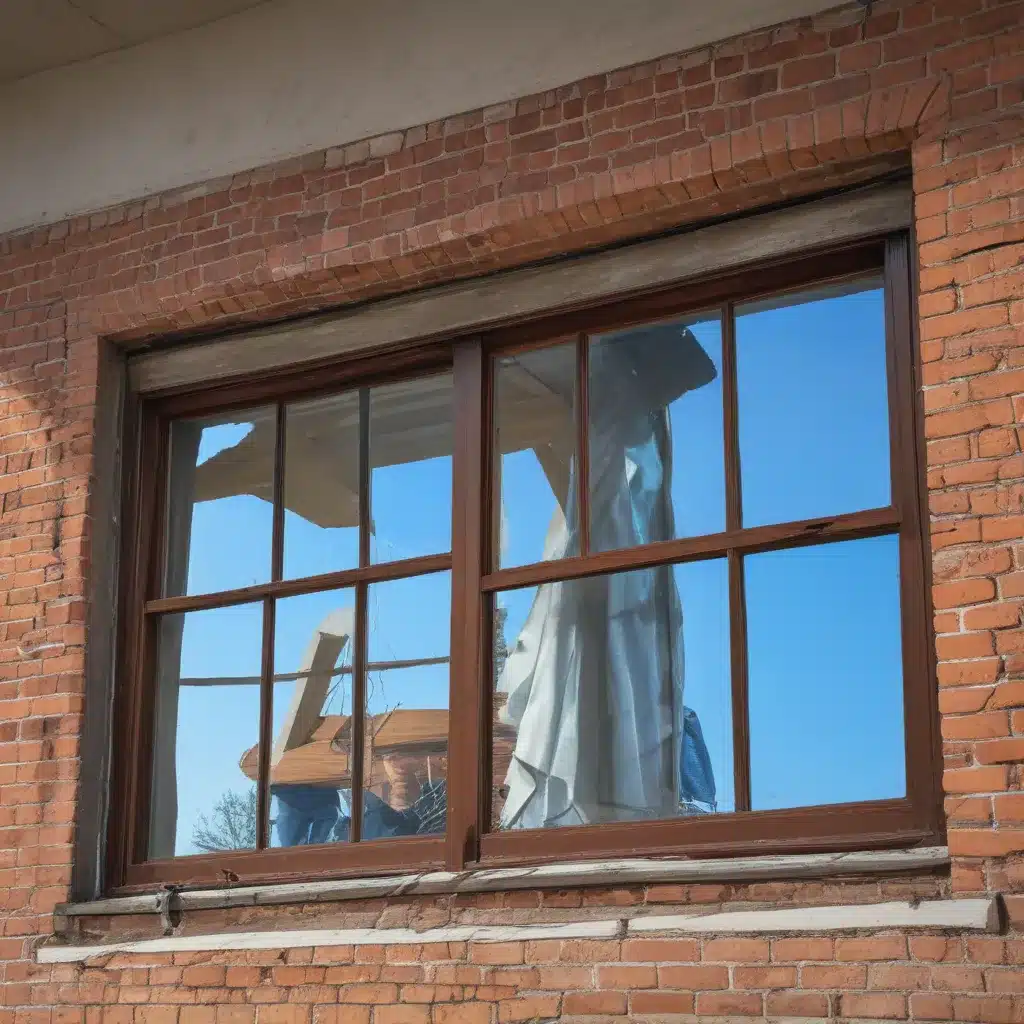Diagnosing a Corrupted Windows Installation
“Oh, no! My computer is acting up again.” If you’ve ever uttered those dreaded words, you’re not alone. Windows 10 is a robust operating system, but even the best software can fall victim to the occasional bug or system corruption. As a UK-based computer repair professional, I’ve seen my fair share of corrupted Windows installs over the years. The good news is that there are some simple steps you can take to get your computer back on track.
Let’s start by understanding what exactly system corruption is and how it can manifest in Windows 10. Corruption can occur for a variety of reasons – from faulty hardware to malware infections to simple software glitches. [1] It might show up as random blue or black screens of death (BSODs), driver errors, or other unexplained issues. Basically, anything that causes your Windows installation to misbehave or fail is a potential sign of corruption.
Fortunately, Windows 10 comes packed with some handy built-in tools to help diagnose and repair these problems. The first one you’ll want to try is the System File Checker (SFC). This nifty little command-line utility scans your system for damaged files and automatically attempts to fix them. [2] To use it, simply open an elevated command prompt (search for “command prompt” in the start menu, then right-click and select “Run as administrator”), type “sfc /scannow”, and hit Enter.
The SFC scan can take a while to complete, so be patient. Once it’s done, you’ll see one of a few different messages. If Windows Resource Protection found corrupt files and was able to fix them, great! If not, don’t worry – there are still a couple more tools we can try.
Bringing in the Big Guns: DISM and Windows Troubleshooters
When SFC fails to do the trick, it’s time to pull out the big guns: Deployment Imaging Service and Management (DISM). [2] This powerful command-line tool can dig even deeper into your Windows installation, scanning and repairing corrupt system image files. To use DISM, open another elevated command prompt and type “DISM.exe /Online /Cleanup-image /Restorehealth”. Let it do its thing, and then try running SFC again.
If DISM and SFC still haven’t solved the problem, there’s one more step we can take before resorting to a full Windows reinstall: the Windows Troubleshooters. [2] These handy utilities are designed to automatically diagnose and fix a wide range of Windows issues, from audio problems to network connectivity. You can find them by opening the Control Panel, going to “Troubleshooting”, and selecting “View all” to see the full list.
Give a few of the relevant troubleshooters a try, and see if they can’t uncover and resolve the root cause of your corruption woes. If not, then it may be time to consider a more drastic solution.
When All Else Fails: Reinstalling Windows 10
I know, I know – the thought of having to reinstall Windows 10 from scratch is enough to make any computer user’s stomach churn. But sometimes, it really is the only way to fix a truly corrupted installation. [2] The good news is that Microsoft has made the process much simpler and less painful than it used to be.
The key is to do an “in-place upgrade” rather than a full reinstall. This essentially just replaces your existing Windows 10 installation with a fresh copy, while keeping all of your personal files, settings, and installed programs intact. [2] All you need to do is download the Windows 10 installation media creation tool, boot from the resulting USB drive or DVD, and follow the prompts.
The in-place upgrade process can take a little while, as it has to download and install a full copy of Windows 10. But once it’s done, you should be back up and running with a clean, corruption-free system. And if that still doesn’t work? Well, then it’s time to bite the bullet and do a complete reinstall. [2]
I know it’s a pain, but sometimes a fresh start is the only way to get your Windows 10 installation back to 100%. Just remember to back up all of your important data first, and you should be good to go. With a little patience and persistence, you’ll have your computer running like new in no time.
Wrapping Up
So there you have it – your step-by-step guide to diagnosing and repairing a corrupted Windows 10 installation. From the trusty old SFC to the more heavy-duty DISM and Troubleshooters, Windows 10 has some powerful built-in tools to help you get your system back on track. And if all else fails, an in-place upgrade or full reinstall can work wonders.
As a UK-based computer repair tech, I’ve seen it all when it comes to Windows corruption. But I’ve also seen how relieved and grateful my customers are when I’m able to get their machines running smoothly again. So don’t be afraid to roll up your sleeves and dive in – with a little troubleshooting know-how, you can definitely fix that corrupted Windows install.
Now, if you’ll excuse me, I’ve got to go help my mate Dave with his latest computer crisis. Wish me luck!
[1] https://www.makeuseof.com/tag/fix-corrupted-windows-10-installation/
[2] https://www.makeuseof.com/tag/fix-corrupted-windows-10-installation/













